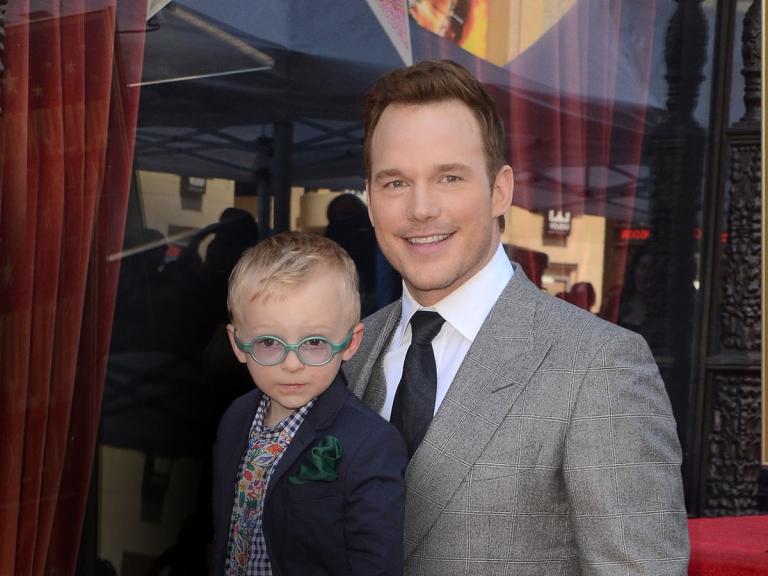
Actor Chris Pratt recently spoke with Men’s Journal, where he spent a great deal of time sharing about his love for his family and how that has impacted him as an actor. When speaking about his hit Amazon show, “The Terminal List,” Pratt said that fatherhood had certainly impacted its popularity. “Some critic said something like it was an ‘unhinged revenge fantasy.’ And, to be honest, that’s exactly what it is, in a way. Whenever you’re put in a position, or even imagine a position, where those kids are in danger, your mind goes to wild places,” he said. He said shows like “The Terminal List” or movies like Liam Neeson’s “Taken” resonate with the way fathers want to protect their children. “…as someone who’s talked to a lot of dads, I think we all ask ourselves what we would do. That’s one of the reasons Liam Neeson’s movie ‘Taken’ was such a hit. Our dads are just like, ‘Yes! Get ‘em! Use that special set of skills,’” he said.
When asked if being a father has made him a more versatile actor, Pratt responded, “Yes, undeniably. One hundred percent.” Pratt, 43, has three children: Jack with ex-wife Anna Faris, and Lyla and Eloise with current wife Katherin Schwarzenegger. He encouraged people to have children sooner rather than later. “People say all the time, ‘Don’t rush to have kids,’” he said. “I personally disagree. Rush. Have them. Of course, make sure you find a great partner but don’t wait.” He shared that actor Adam Sandler had given him similar advice. “[Sandler] said, ‘Every day you wait is a day they don’t get to have you in their life.’ The younger you have kids, the more time they get to have with you. It’s wild. Having kids is incredible. The things you normally take for granted in life are new,” he shared. He also shared that having kids has impacted the kinds of movies he is considering, such as looking to do more PG movies.
Pratt’s comments come at a time when the average age that US women have their first child has steadily gone up. New census data revealed that the median age of US women having their first child was now 30. Fertility rates for women between the ages of 20 and 24 had declined by 43 percent and were down 22 percent for women between the ages of 25 to 29. Rates had jumped for older mothers, jumping 67 percent for mothers between 35 and 39 and going up over 132 percent for women between the ages of 40 and 44. The older ages have contributed to declining US birthrates as women delay having children, bringing the rate down to most women having an average of 1.3 babies in their lifetime. The decreasing rates have caused some policymakers to encourage policies to incentivize having babies. For example, in Estonia, Finland, and Japan, governments art trying to encourage higher birth rates by paying people to have children. In the municipality of Lestijärvi in Finland, each baby born is worth 10,000 euros, paid out in $1000 payments over 10 years. The need for higher birth rates can be summed up practically as needing enough revenue (people to tax) to sustain government budgets and having a sustainable workforce. According to Dr. John Rowe, a Columbia University professor, “We need to have a long-term stable workforce to sustain our economy.”
